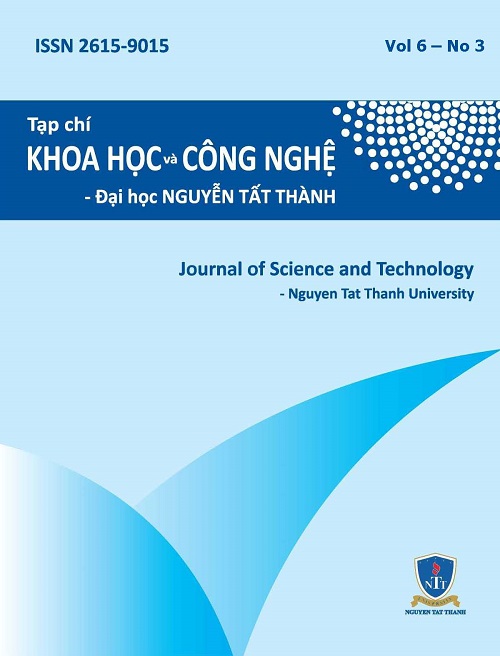The role of graphene in the enhancement of chemical and mechanical properties of styrene acrylic for the application of water based paint coating
Abstract
In this study, we focus on the development of Graphene and Styrene Acrylic (SA), commonly used in interior water-based paint products by stirring method. Graphene nanoflakes are produced by liquid phase exfoliation (LPE), which is a simple, efficient, and economical method for large-scale production of graphene. The results from Raman spectroscopy and SEM analysis show that Graphene has been synthesized with an average size of ~170 nm, has a multilayer structure, and does not appear to have defects. After that, Graphene is mixed directly into the polymer matrix via a simple solution blending process without the addition of other additives to form the SA-G composite. The Graphene nanoflakes were dispersed into the polymer matrix with a relatively low mass ratio (1.5 mg of Graphene in 1 g SA) to form a SA-graphene (G-SA) composite structure with impressive mechanical and chemical properties. In particular, the impact resistance and hardness of this composite coating increased 3 times with respect to that of pristine SA coating. Besides, the water and alkali resistance of the composite coating is more durable than that of pristine SA coating. Hence, the SA-G composite is considered as a promising material for the application of interior water-based paint products with high chemical and mechanical properties in the future.

